Adorable & Amazing Chipmunk Facts – Nature’s Tiny Acrobats
Meet the Chipmunk!
Tiny, quick, and full of personality—The amazing chipmunks are nature’s adorable little acrobats! 🐿️ With their fluffy tails, striped fur, and boundless energy, these curious little critters do more than just scurry around your yard. They build underground tunnels, store food in their cheeks, and play a vital role in the ecosystem. Let’s scurry into their world and explore what makes chipmunks so amazing!

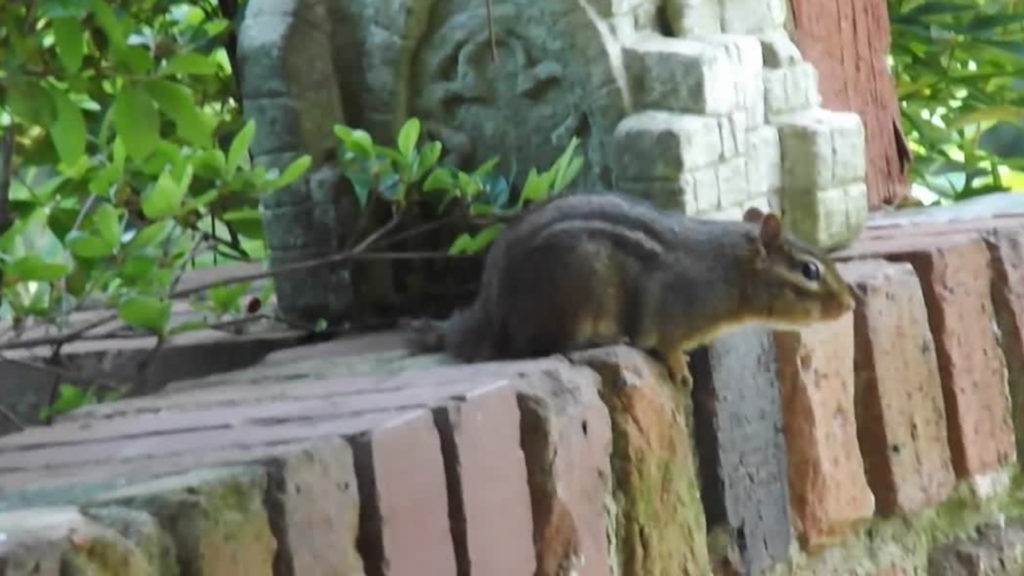
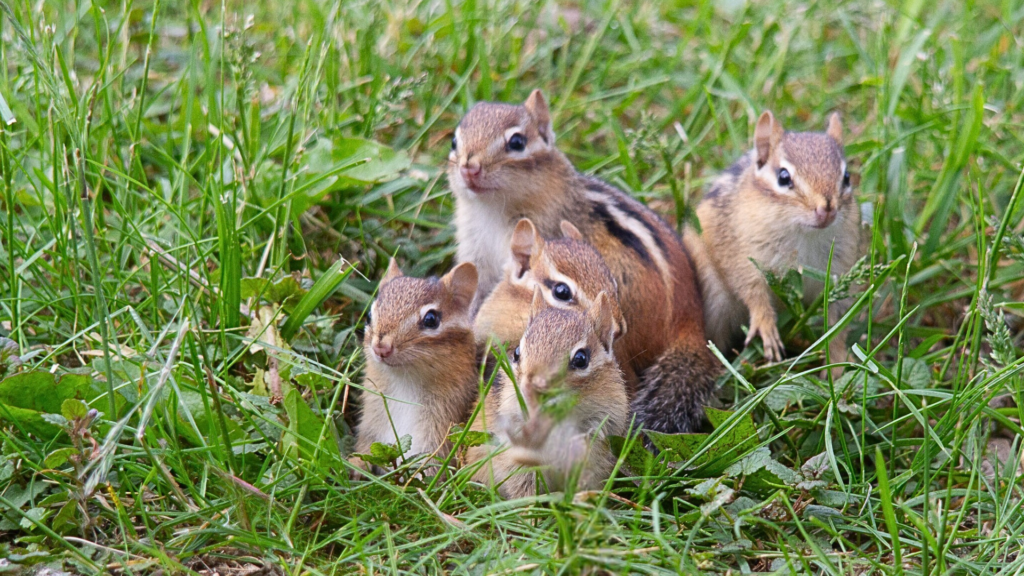
Did you know there are 25 species of chipmunks? Most live in North America, but one—the Siberian chipmunk—lives in Asia. These tiny mammals belong to the squirrel family, though unlike their tree-dwelling cousins, chipmunks prefer to stay close to the ground.
They typically measure 5 to 6 inches in body length, with bushy tails adding another 3 to 5 inches. Despite their small size, chipmunks are fast, alert, and full of charm. They weigh only 2 to 5 ounces, lighter than a baseball!
Habitat & Burrow Life
Chipmunks are amazing little architects! They build complex underground burrows with multiple chambers, including storage rooms, sleeping areas, and even designated “bathrooms.” These burrows provide shelter from predators and protection from harsh weather.
Chipmunks thrive in forests, mountains, and suburban backyards, adapting easily to their environment. In colder regions, they hibernate—but not all winter long! They wake up every few days for a snack from their well-stocked pantry before going back to sleep.
Diet & Cheek Pouches
Chipmunks are omnivores, meaning they eat both plants and small insects. Their favorite foods include acorns, sunflower seeds, berries, fungi, and nuts—but they’ll also munch on insects or bird eggs on rare occasions.
One of the most iconic chipmunk traits is their expandable cheek pouches. They can store food up to three times the size of their head to transport it back to their burrows. It’s like nature’s built-in grocery bags!
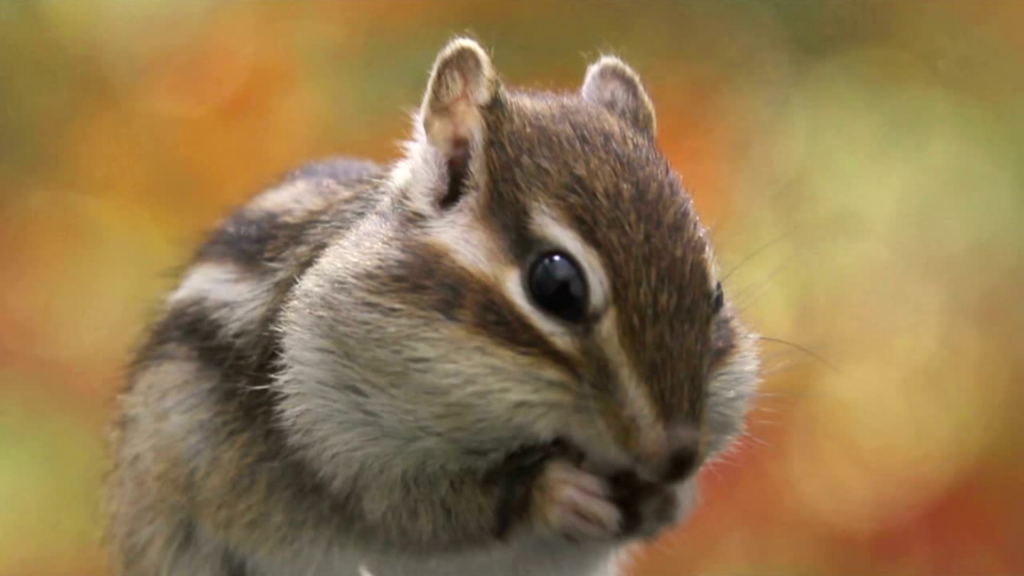
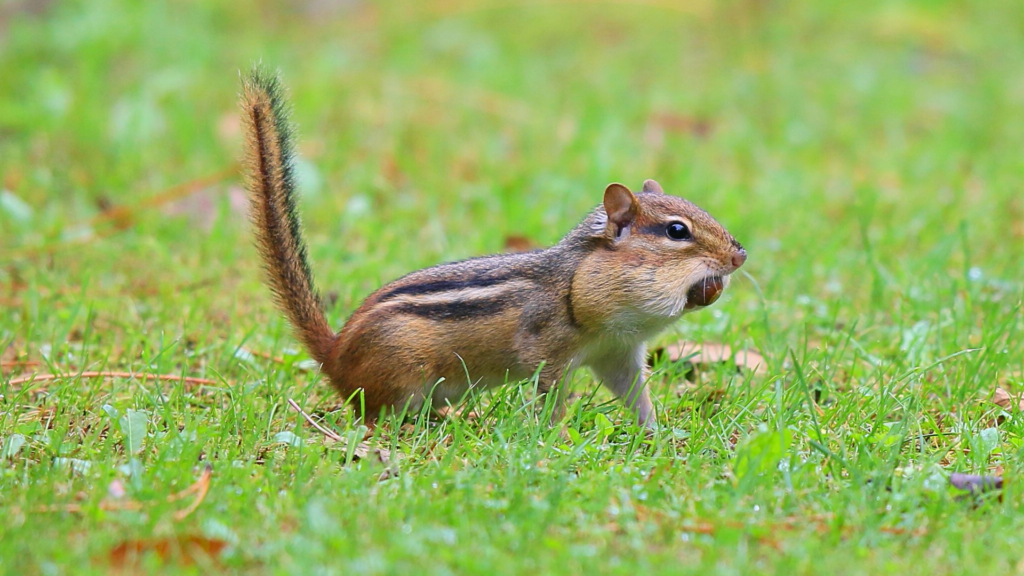



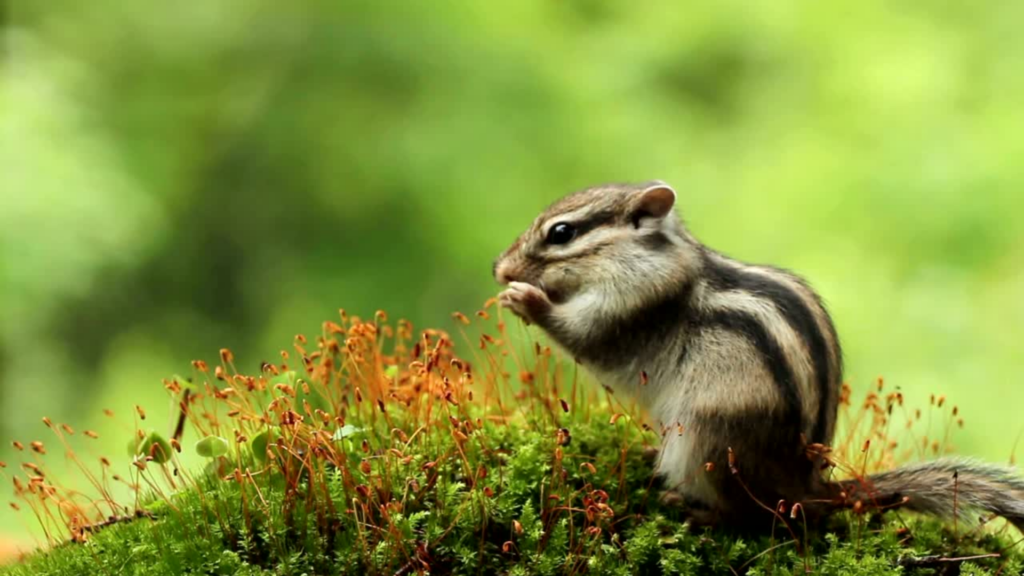
Baby Chipmunks & Family Life
Female chipmunks give birth twice a year, typically having four to five babies per litter. Their pregnancy lasts about 30 days, and the babies—called pups—are born blind and hairless. Within six weeks, they’re ready to leave the nest and begin exploring the world on their own!
Chipmunks are independent by nature, and once young chipmunks leave the burrow, they begin creating their own underground homes.


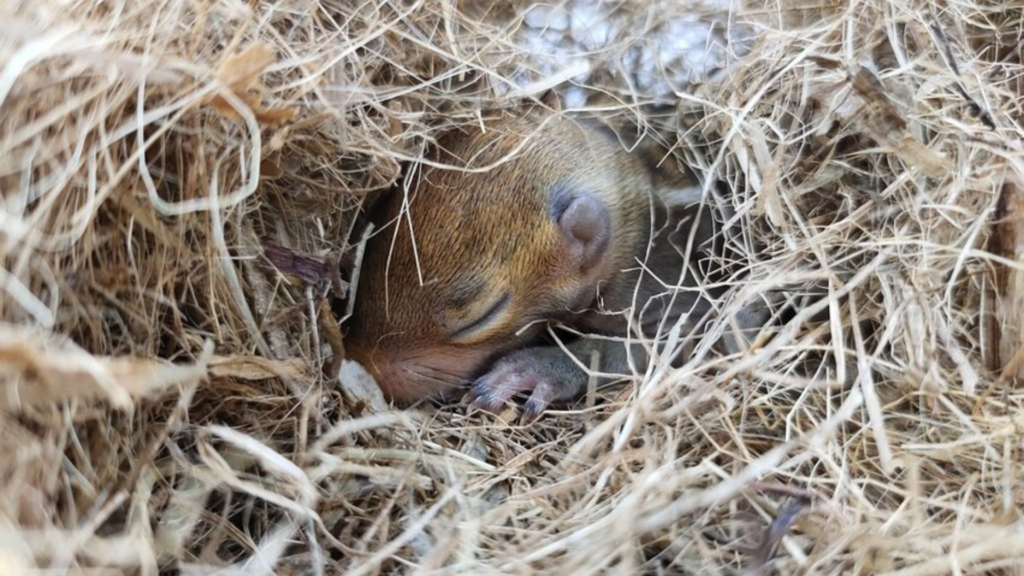
Camouflage & Predators
Don’t let their cuteness fool you—chipmunks are survival experts. Their striped fur helps camouflage them among leaves and forest floor debris, making it harder for predators like hawks, foxes, and snakes to spot them.
Their eyes are positioned on the sides of their head, giving them a wide field of view to detect danger. They even use different alarm calls to warn others about aerial vs. ground-based threats!
Chipmunk Superpowers: Memory, Speed & Escape Tricks
These little dynamos are packed with skills! Chipmunks can run up to 21 miles per hour, leap into trees, and even swim across small streams using quick, paddling strokes.
Their memory is incredible, allowing them to remember hundreds of locations where they’ve hidden food. When they forget a few? Those seeds often grow into new plants—turning chipmunks into accidental forest gardeners!
And if a predator grabs them by the tail, chipmunks can shed the skin on their tail to escape—a clever trick that might cost the tail, but saves the life.
Fun Facts About Chipmunks
- 🐿️ Chipmunks can run up to 21 mph—nearly as fast as some racehorses!
- 🐿️ Their cheek pouches can hold food up to 3x the size of their head.
- 🐿️ They communicate using over 30 distinct sounds, including warning chirps and territorial calls.
- 🐿️ Chipmunks may gather up to 165 acorns in a single day.
- 🐿️ They need around 15 hours of sleep per day to recharge!
- 🐿️ Chipmunks can swim across small bodies of water when needed.
About Chipmunks
Scientific Family: Sciuridae
Number of Species: 25 total, with 24 in North America
Habitat: Forests, mountains, deserts, and suburban areas
Diet: Nuts, seeds, berries, fungi, insects, bird eggs
Lifespan: 2–3 years in the wild, longer in safe environments
Unique Traits: Expandable cheek pouches, camouflage stripes, tree-climbing and swimming skills
Social Structure: Generally solitary, except during mating season or while raising young
Fun Fact: Chipmunks are important forest helpers—planting trees by forgetting some of their stashed food!
Conclusion
Chipmunks may be tiny, but they’re full of energy, intelligence, and charm. From their incredible memory and acrobatic skills to their role in shaping the ecosystem, chipmunks are true forest heroes in miniature form.
Next time you spot one darting through the leaves or stuffing its cheeks, take a moment to appreciate the clever, hardworking world of chipmunks!
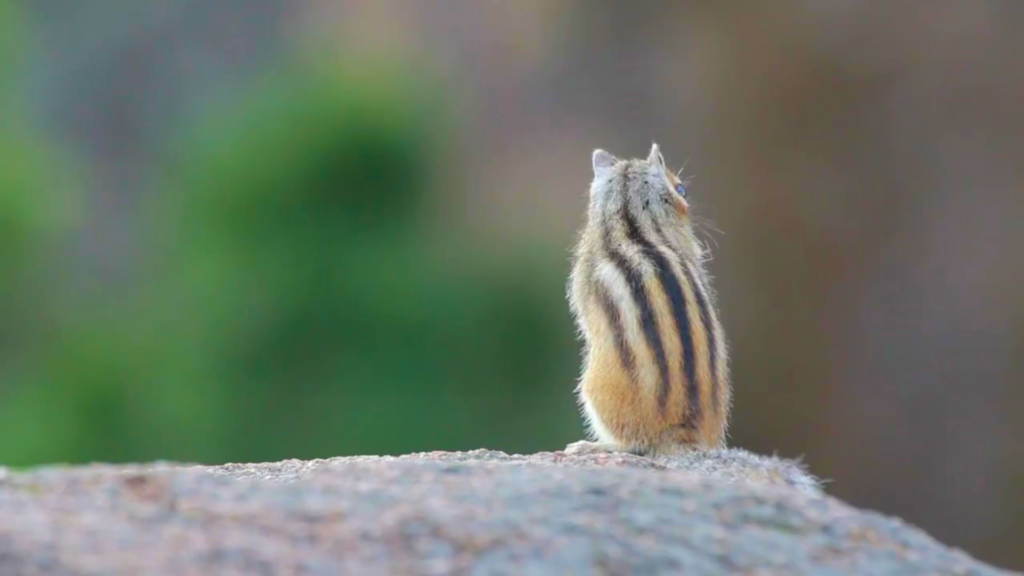


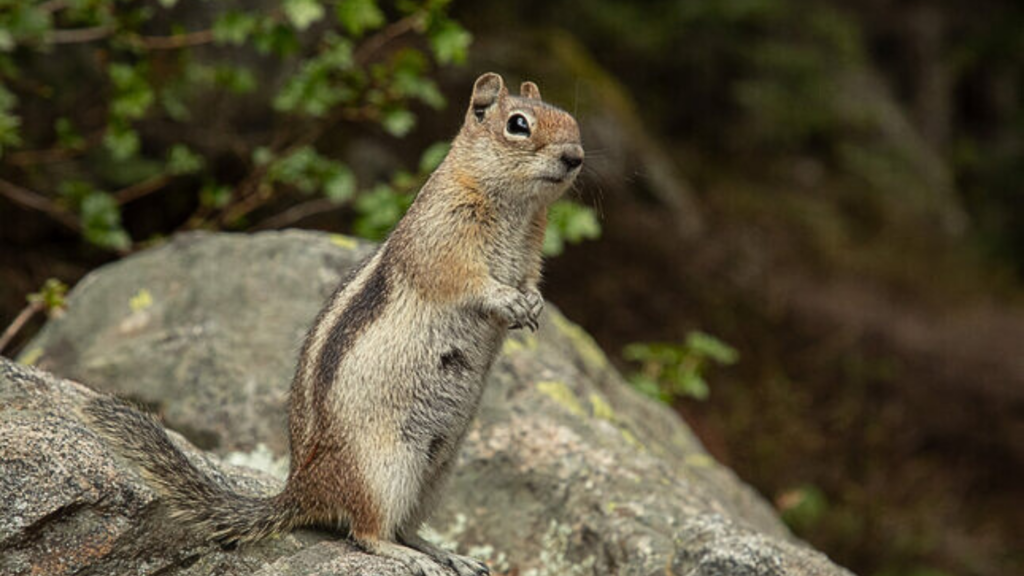
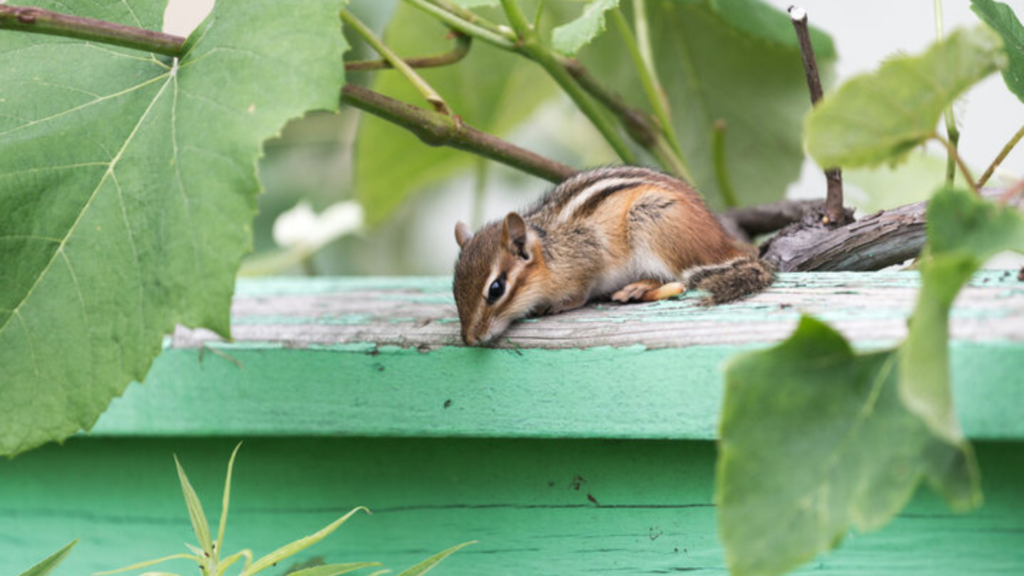
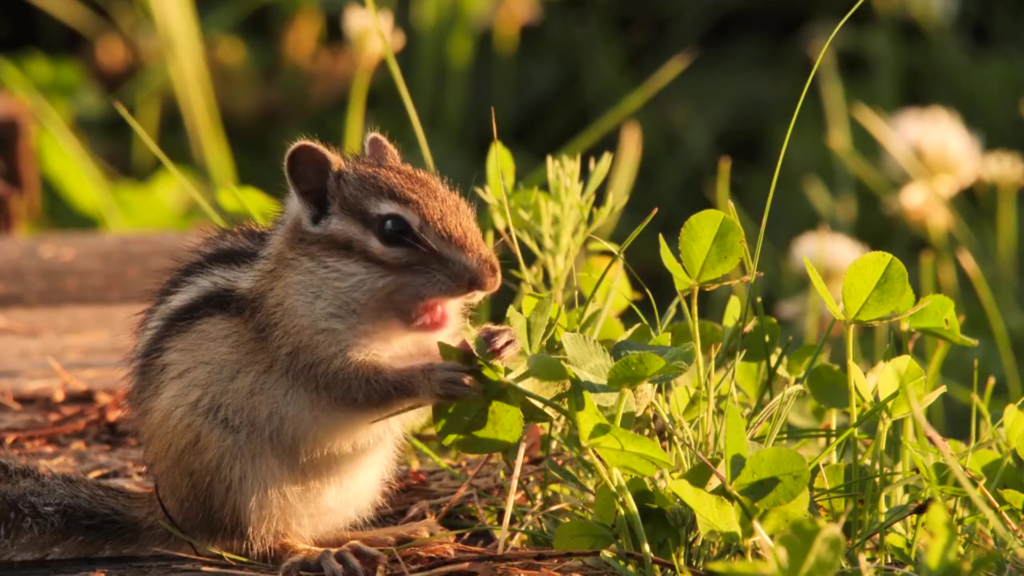


Want to learn more? Watch the full video here! 🎥👇
📌 Watch the full video on YouTube
What’s your favorite chipmunk fact? Let us know in the comments below! 🐿️😊
#chipmunks #wildlife #cuteanimals #animalfacts #naturelovers #bearbunk #forestanimals #squirrels #funfacts #ecosystem #animals #animalvideos #wildlifelovers
More on Mammals



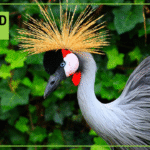


Leave a Reply